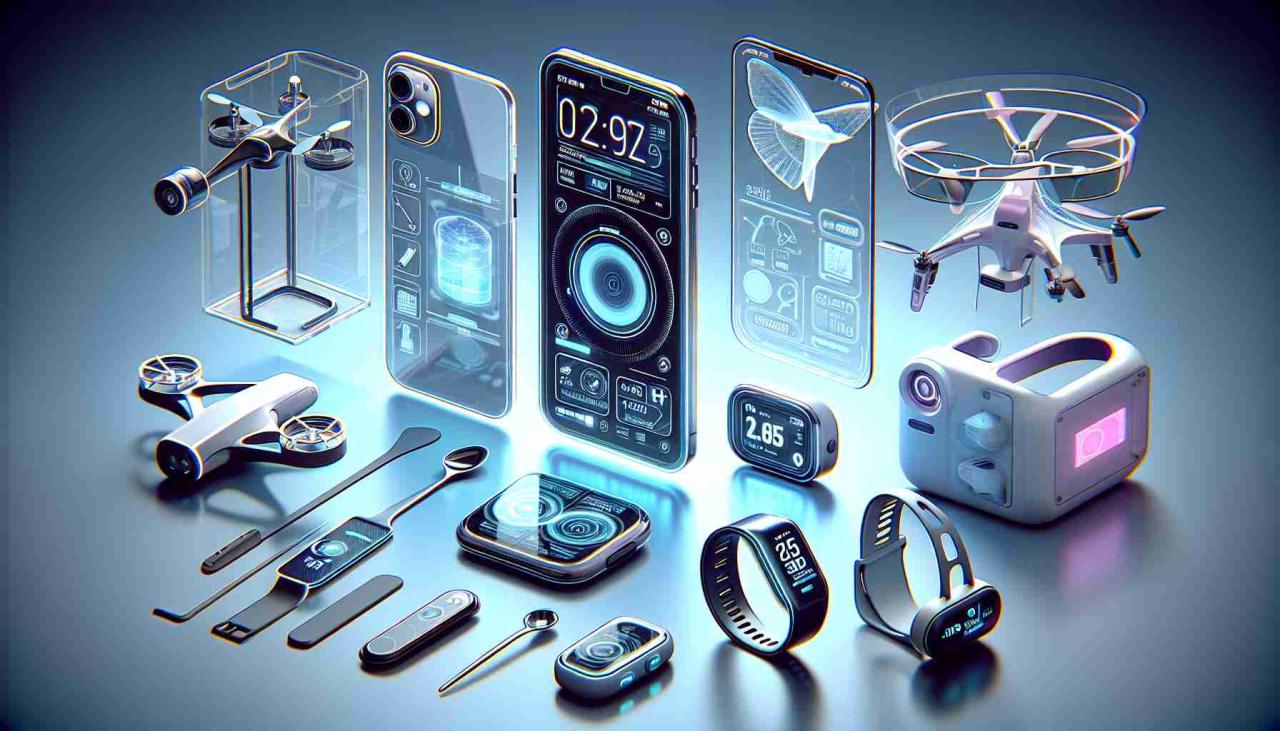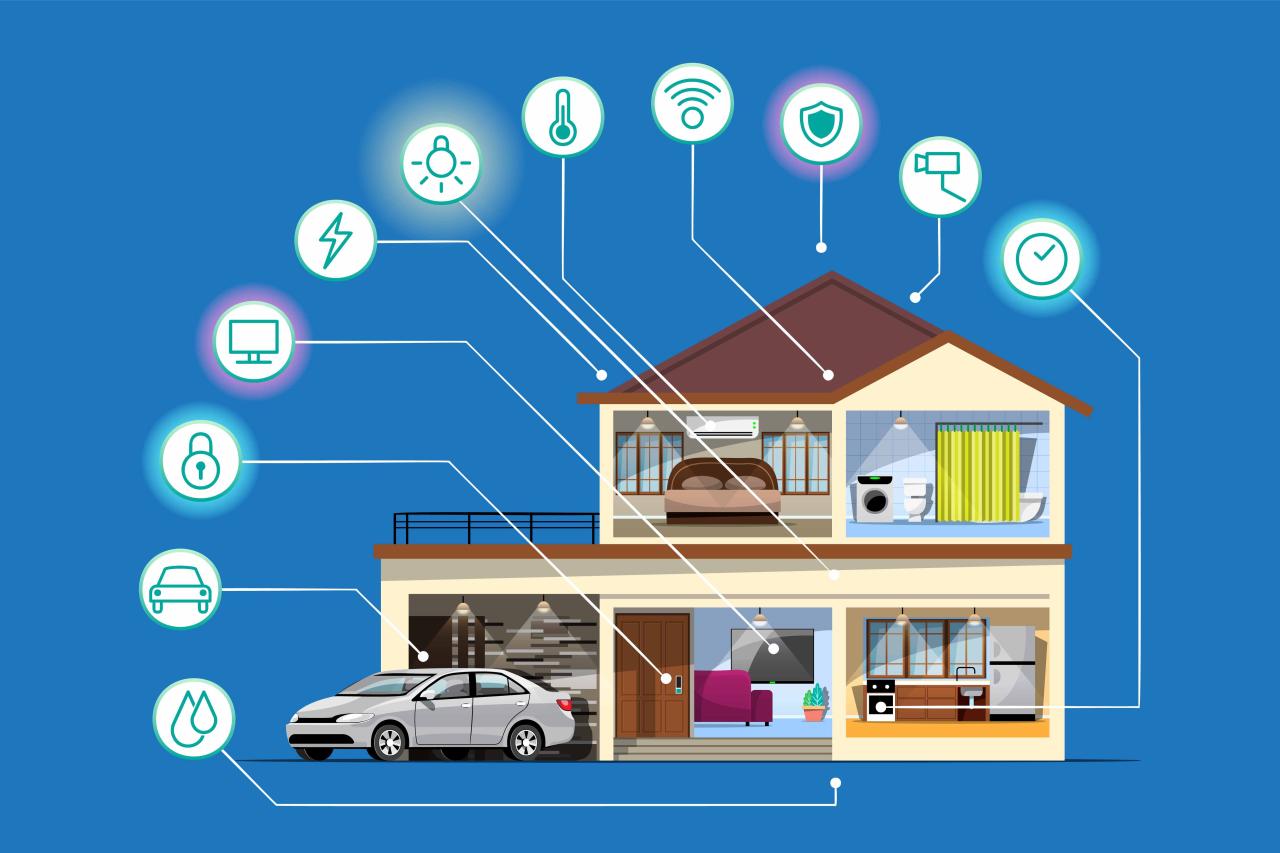DIY Tech Solutions Emerge: Empowering Innovators
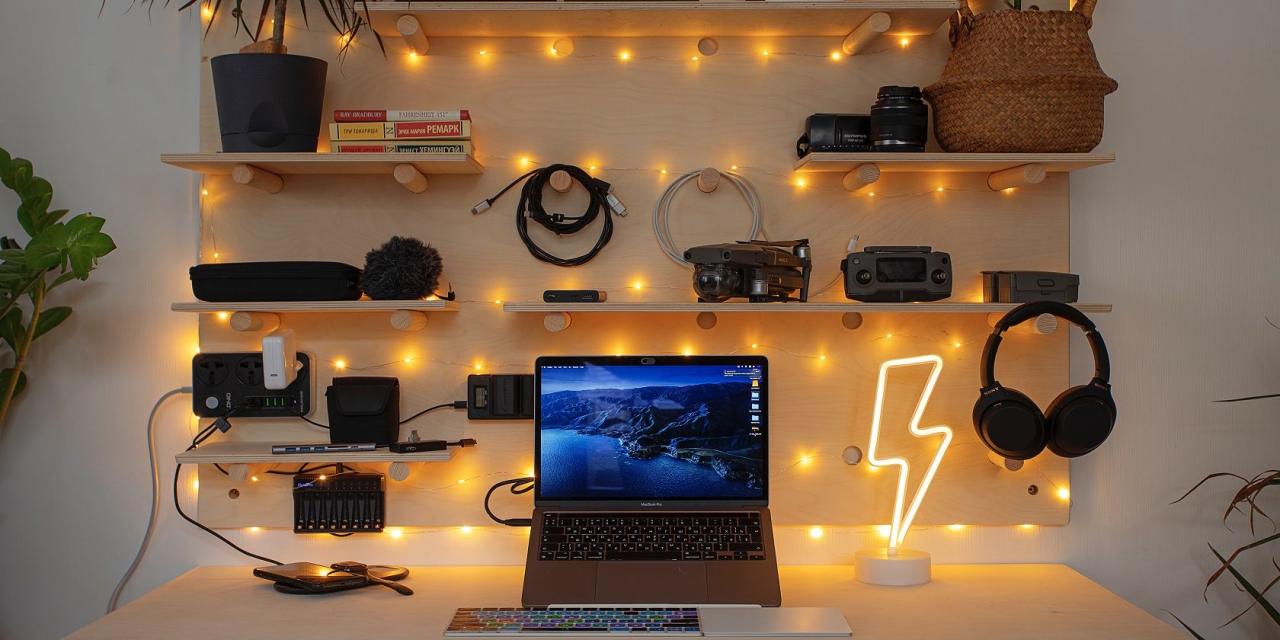
In an era defined by rapid technological advancement, the allure of customizability, cost-effectiveness, and personal empowerment has given rise to a powerful movement: DIY tech solutions. No longer confined to hobbyists in garages, the ability to build, modify, and optimize your own technology is becoming increasingly accessible and impactful. From smart home devices tailored to specific needs to personal computing projects that defy commercial norms and intricate automation systems built from scratch, the landscape of “Do It Yourself” (DIY) technology is rapidly expanding. This phenomenon isn’t just about saving money; it’s about understanding how technology works, fostering innovation, and creating truly personalized tools that perfectly align with individual or niche requirements.
This comprehensive article delves into the burgeoning world of DIY tech solutions, exploring the underlying trends, the key enablers making it possible, and the diverse applications across various domains. We will uncover how open-source hardware, accessible programming languages, and a thriving online community are democratizing technology, empowering individuals and small teams to become creators rather than just consumers. Our aim is to provide a detailed roadmap for anyone eager to explore this exciting frontier, highlighting the benefits, the challenges, and the immense potential of crafting your own technological future.
The Rise of the Maker
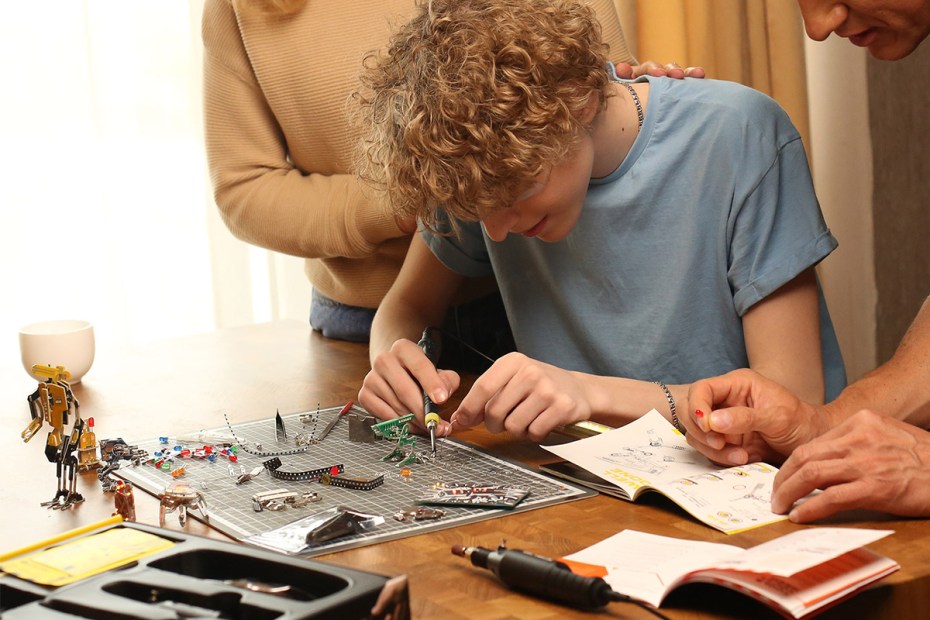
The concept of DIY isn’t new, but its application to technology has reached unprecedented levels of sophistication and accessibility. Several factors contribute to this surge:
- Democratization of Tools: What once required expensive industrial equipment or specialized labs can now be done with affordable microcontrollers, 3D printers, and readily available components.
- Open-Source Movement: The widespread adoption of open-source software (OSS) and open-source hardware (OSH) provides blueprints, code, and communities that foster collaborative development and knowledge sharing.
- Accessible Education: Online tutorials, forums, and massive open online courses (MOOCs) have made learning complex technical skills (like programming and electronics) more accessible than ever before.
- Desire for Customization: Commercial products often come with limitations or unnecessary features. DIY allows for highly tailored solutions that perfectly fit a specific problem or preference.
- Cost-Effectiveness: Building something yourself can often be significantly cheaper than buying a commercial equivalent, especially for niche applications or prototypes.
- Understanding and Learning: The process of building provides invaluable insights into how technology works, fostering problem-solving skills and a deeper appreciation for engineering.
- Community and Collaboration: A vibrant global community of makers, hobbyists, and professionals actively shares knowledge, collaborates on projects, and provides support.
This confluence of factors has empowered a new generation of “makers” and innovators, transforming individuals from passive consumers into active participants in the technological revolution.
The Foundational Components of DIY Tech
The viability of DIY tech solutions hinges on a few critical advancements that have made complex technology approachable for the masses.
A. Microcontrollers and Single-Board Computers (SBCs)
These are the “brains” of most DIY tech projects, offering compact, powerful, and affordable computing power.
- Arduino: An open-source electronics platform based on easy-to-use hardware and software. It’s ideal for beginners to learn about electronics and programming, enabling control of lights, sensors, motors, and more. Its simplicity makes it perfect for prototyping and creating interactive objects.
- Raspberry Pi: A credit-card-sized single-board computer that can run a full Linux operating system. It’s much more powerful than an Arduino, capable of running complex software, serving as a media center, a home automation hub, or even a low-cost desktop computer. Its versatility makes it a favorite for more intricate DIY projects.
- ESP32/ESP8266: Low-cost, Wi-Fi-enabled microcontrollers popular for Internet of Things (IoT) projects due to their integrated wireless capabilities, making it easy to connect DIY devices to the internet.
- Other SBCs: Boards like ASUS Tinker Board, ODROID, or NVIDIA Jetson Nano offer varying levels of power and specialized capabilities (e.g., AI inference), catering to more demanding DIY applications.
B. Open-Source Software (OSS) and Frameworks
The collaborative nature of open-source development provides crucial tools and libraries.
- Linux Distributions: Operating systems like Raspbian (for Raspberry Pi), Ubuntu, or Debian are free and provide a stable, customizable environment for DIY projects.
- Programming Languages: Python is arguably the most popular language for DIY tech due to its readability, extensive libraries (e.g., for IoT, data science, web development), and large community support. C/C++ is often used for performance-critical microcontroller programming.
- Integrated Development Environments (IDEs): Tools like Arduino IDE, VS Code with relevant extensions, or Thonny simplify the process of writing, compiling, and uploading code to microcontrollers and SBCs.
- APIs (Application Programming Interfaces): Open APIs from cloud services (e.g., Google Cloud, AWS IoT) or other platforms allow DIY projects to interact with professional services and data.
C. 3D Printing and Digital Fabrication
These technologies allow for rapid prototyping and creation of custom enclosures and components.
- Affordable 3D Printers: The dramatic drop in price and improved reliability of FDM (Fused Deposition Modeling) 3D printers has made it possible for hobbyists to print custom parts, enclosures, brackets, and even functional mechanical components at home.
- Open-Source Design Software: Software like Fusion 360 (freemium for hobbyists), Blender, FreeCAD, and SketchUp enable users to design their own 3D models.
- Laser Cutters/CNC Routers: While still more expensive, these tools are becoming more accessible, allowing for precise cutting and engraving of materials like wood, acrylic, and metal for enclosures or custom circuit boards.
- Online Fabrication Services: If you don’t own equipment, services like Shapeways or Sculpteo allow you to upload designs and have them professionally printed or machined.
D. Sensors and Actuators
These components allow DIY tech to interact with the physical world.
- Sensors: Devices that detect physical parameters (e.g., temperature, humidity, light, motion, pressure, sound, proximity) and convert them into electrical signals that microcontrollers can read. Examples include DHT11 (temperature/humidity), PIR (motion), ultrasonic sensors (distance).
- Actuators: Devices that convert electrical signals from microcontrollers into physical actions (e.g., turning on/off lights, moving motors, sounding alarms). Examples include LEDs, relays, servo motors, stepper motors.
- IoT Modules: Pre-packaged modules that integrate multiple sensors, communication capabilities (Wi-Fi, Bluetooth, LoRa), and microcontrollers for rapid IoT development.
E. Online Communities and Educational Resources
The human element of collaboration and knowledge sharing is arguably the most vital enabler.
- Forums and Subreddits: Platforms like Reddit’s r/arduino, r/raspberry_pi, r/homeautomation, and dedicated maker forums provide troubleshooting, project ideas, and peer support.
- YouTube Tutorials: An endless supply of video tutorials for every conceivable DIY tech project, from beginner basics to advanced integrations.
- GitHub and GitLab: Repositories for sharing code, hardware designs, and project documentation, enabling collaborative development and easy access to existing projects.
- Maker Faires and Hackathons: Physical events that bring together makers to showcase projects, share ideas, and collaborate.
Diverse Applications of DIY Tech Solutions
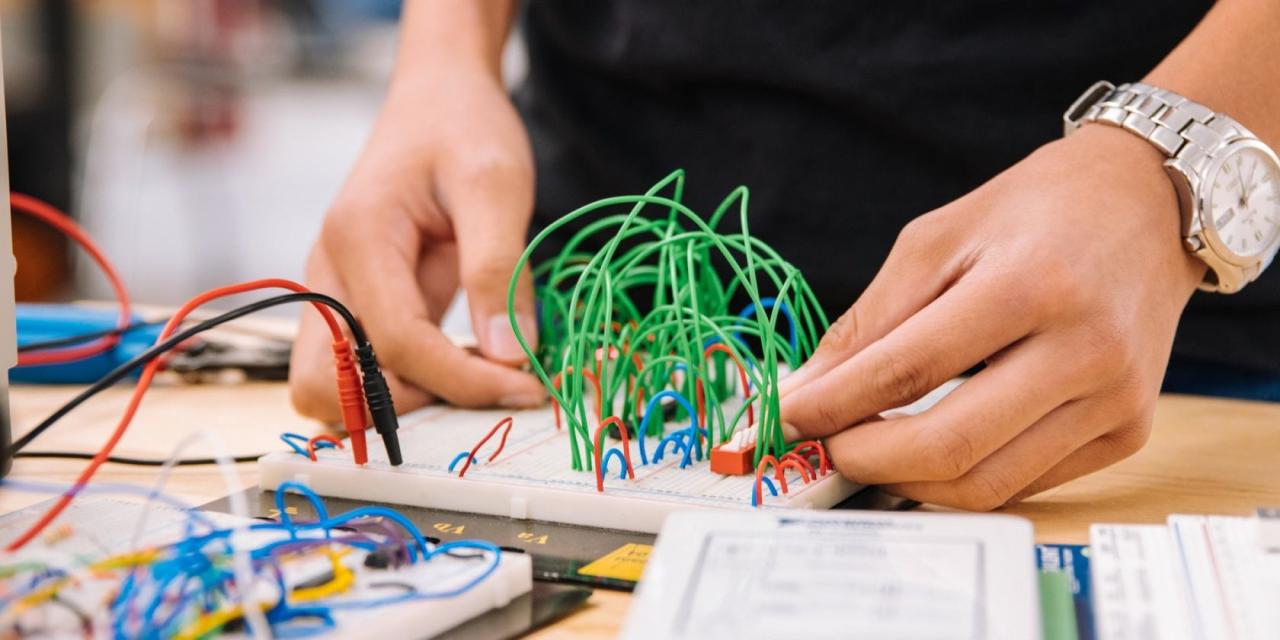
The flexibility and power of DIY tech mean its applications are virtually limitless, spanning across various aspects of daily life and specialized fields.
A. Smart Home Automation
Creating custom, highly personalized smart home systems that often surpass commercial offerings in functionality or cost-effectiveness.
- Custom Lighting Control: Building intelligent lighting systems that react to presence, time of day, or even music, integrating with voice assistants or motion sensors.
- Environmental Monitoring: Developing sensors for air quality, temperature, humidity, or even plant health, with data logged and accessible via web dashboards or mobile apps.
- Automated Blinds/Curtains: Motorizing window coverings to open/close based on time, sunlight, or user presence.
- Pet Feeders/Waterers: Creating automated systems to dispense food or water for pets on a schedule or on demand.
- Security Systems: Building custom alarm systems with motion detectors, door/window sensors, and camera integration, often with local control for enhanced privacy.
B. Personal Computing and Retro Gaming
Leveraging SBCs to create unique computing experiences or revive classic gaming.
- Retro Gaming Consoles: Building emulation machines using Raspberry Pi to play classic video games from various platforms on a modern TV.
- Home Servers/NAS (Network Attached Storage): Creating low-power, always-on servers for media streaming, file storage, or home automation hubs.
- Custom Mini PCs: Assembling compact, specialized computers for specific tasks like a dedicated media center, thin client, or development environment.
- Portable Computing: Creating custom handheld computers or mini laptops for on-the-go productivity or specific tasks.
C. Robotics and Automation
Building anything from simple robotic arms to autonomous vehicles.
- Educational Robots: Constructing small, programmable robots to teach principles of coding, electronics, and mechanics.
- Robotic Arms: Building desktop robotic arms for tasks like sorting, drawing, or even simple assembly.
- Drones and RC Vehicles: Customizing or building drones and remote-controlled vehicles with advanced sensors for aerial photography, exploration, or autonomous navigation.
- Automated Systems: Creating systems for tasks like automated plant watering, garden monitoring, or even simple manufacturing processes.
D. IoT (Internet of Things) Devices
Connecting everyday objects to the internet for monitoring and control.
- Smart Garden Systems: Sensors monitor soil moisture and automatically trigger irrigation when needed, with data accessible via smartphone.
- Wearable Tech: Developing custom wearable devices for specific health monitoring (e.g., posture correction, unique fitness trackers) or notification systems.
- Environmental Monitoring Stations: Building devices to collect and transmit data on local weather, air pollution, or noise levels to public dashboards.
- Smart Appliances: Adding internet connectivity and smart features to older appliances that lack them.
E. Education and Learning Tools
DIY tech is an invaluable tool for STEM education.
- Interactive Learning Kits: Creating hands-on kits for teaching electronics, coding, and robotics to students of all ages.
- Science Experiment Setups: Building custom sensors and data loggers for scientific experiments in physics, chemistry, or biology.
- Personalized Study Aids: Developing custom devices to aid in learning a new language, practicing math problems, or memorizing facts through interactive games or quizzes.
F. Art and Creative Projects
Pushing the boundaries of digital and physical art.
- Interactive Installations: Creating art pieces that react to viewer presence, sound, or light using sensors and microcontrollers.
- Kinetic Sculptures: Building sculptures with moving parts controlled by electronics and programming.
- Light Art: Designing complex LED arrays that display intricate patterns, animations, or react to music.
- Wearable Art: Integrating electronics into clothing or accessories to create interactive or illuminated designs.
Benefits and Challenges of DIY Tech Solutions
While the allure of DIY tech is strong, it’s important to approach it with a clear understanding of both its advantages and potential hurdles.
A. Benefits
- Customization: Tailor solutions exactly to your needs, without compromises found in off-the-shelf products.
- Cost Savings: Often significantly cheaper than commercial alternatives, especially for niche or specialized applications.
- Learning and Skill Development: A fantastic way to learn about electronics, programming, problem-solving, and engineering principles.
- Empowerment: Gaining a deeper understanding of technology and realizing you can build solutions yourself is incredibly empowering.
- Innovation: Freedom to experiment with new ideas and create novel solutions that don’t yet exist commercially.
- Privacy and Control: Greater control over your data and how your devices operate, reducing reliance on commercial ecosystems.
- Sustainability: Repairing, repurposing, and building exactly what you need can reduce electronic waste.
B. Challenges
- Steep Learning Curve: Can be intimidating for beginners, requiring patience and dedication to learn new concepts in electronics, coding, and mechanics.
- Time Commitment: Projects can be time-consuming, from research and design to assembly, testing, and troubleshooting.
- Troubleshooting: Identifying and fixing problems (bugs in code, faulty components, wiring errors) can be frustrating and require persistence.
- Lack of Commercial Support: Unlike commercial products, you’re responsible for all support, updates, and repairs.
- Safety Concerns: Working with electronics, especially mains voltage, requires caution and proper safety practices to avoid hazards.
- Scalability: While great for prototypes and small-scale solutions, scaling DIY projects to mass production or large deployments can be challenging without proper engineering and manufacturing expertise.
- Aesthetics: Achieving a polished, professional finish for enclosures and overall device appearance can be difficult without specialized tools or skills.
Tips for Success
For those eager to dive into DIY tech, a structured approach can greatly enhance your chances of success and enjoyment.
A. Start Small and Simple
- Begin with beginner-friendly projects (e.g., blinking an LED with Arduino, setting up a basic Raspberry Pi media center).
- Master fundamental concepts before tackling complex integrations.
B. Leverage Online Resources and Communities
- YouTube tutorials, project blogs (e.g., Instructables, Hackster.io), and forums are invaluable for guidance, inspiration, and troubleshooting.
- Don’t hesitate to ask questions in relevant communities; most makers are eager to help.
C. Embrace Open Source
- Utilize open-source hardware designs and software code. They provide excellent starting points, learnable examples, and a collaborative environment.
- Learn from existing projects and adapt them to your needs.
D. Focus on Learning, Not Just Building
- Understand why something works, not just how to copy a circuit or code. This fosters true understanding and problem-solving skills.
- Keep a project journal to document your steps, challenges, and solutions.
E. Invest in Basic Tools
- A good multimeter, soldering iron, wire strippers, breadboard, and jumper wires are essential for most electronics projects.
- For software, a reliable computer and a good text editor/IDE are key.
F. Practice Safe Habits
- Always disconnect power before wiring or modifying circuits.
- Understand voltage and current limitations.
- Work in a well-lit, organized space.
- For 3D printing, ensure proper ventilation.
The Future of DIY Tech
The trajectory of DIY tech solutions points towards an even more integrated, intelligent, and impactful future.
A. AI-Powered Design and Fabrication
- AI will assist in designing circuits, optimizing 3D prints, and even generating code snippets based on natural language descriptions of desired functionalities.
- This will further lower the barrier to entry, allowing even more individuals with limited technical skills to create complex devices.
B. Advanced Manufacturing Accessibility
- More affordable and capable desktop fabrication tools (e.g., multi-material 3D printers, PCB milling machines) will become mainstream, enabling creators to produce increasingly sophisticated components at home.
- Micro-factories and localized production will become more viable, driven by DIY principles.
C. Enhanced Connectivity and Edge AI for DIY IoT
- Next-generation Wi-Fi, 5G, and emerging low-power wide-area network (LPWAN) technologies will make connecting DIY IoT devices even easier and more robust.
- More powerful, yet still affordable, microcontrollers with integrated AI capabilities (Edge AI) will enable DIY devices to perform complex local processing and decision-making without constant cloud reliance.
D. Modular and Interoperable Ecosystems
- Continued development of universal standards (e.g., Matter for smart home, universal connectors) will make it easier to mix and match components from different manufacturers, increasing flexibility and reducing compatibility headaches.
- The concept of “plug-and-play” will extend to more complex electronic modules.
E. Gamification of Learning and Creation
- Educational platforms will increasingly integrate gamified elements and interactive simulations to make learning electronics, programming, and robotics more engaging and accessible for all ages.
- Virtual reality and augmented reality tools will offer immersive environments for designing and prototyping DIY projects.
Conclusion
The emergence of DIY tech solutions represents a powerful paradigm shift, transforming individuals from passive consumers into active innovators. It’s a movement fueled by accessible hardware, collaborative software, and a vibrant global community dedicated to sharing knowledge and fostering creativity. From custom smart home automations that perfectly fit your lifestyle to educational robots that inspire the next generation of engineers, the possibilities are limited only by imagination and effort.
While the journey of DIY tech can present challenges, from steep learning curves to troubleshooting complexities, the rewards—in terms of personalized functionality, cost savings, profound learning, and sheer empowerment—are immense. As underlying technologies like AI, advanced manufacturing, and ubiquitous connectivity continue to evolve, the ability to craft your own technological destiny will only grow. Embrace the tools, join the community, and start building tomorrow, one circuit, one line of code, one 3D print at a time. The future is not just something you buy; it’s something you build.





